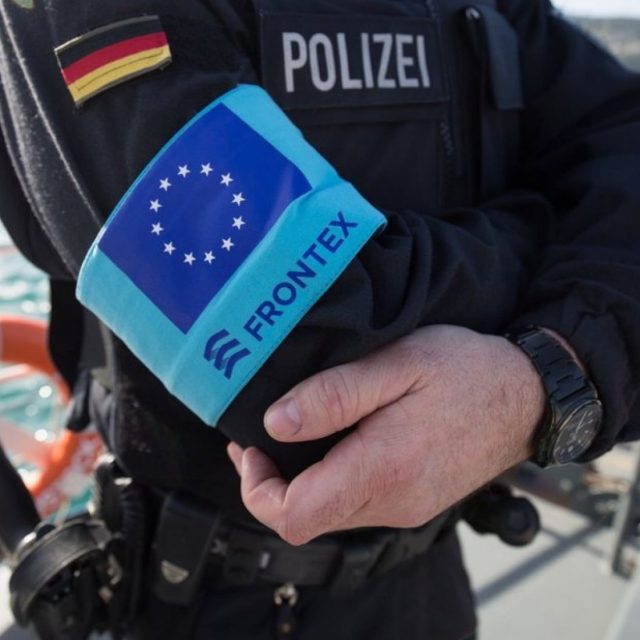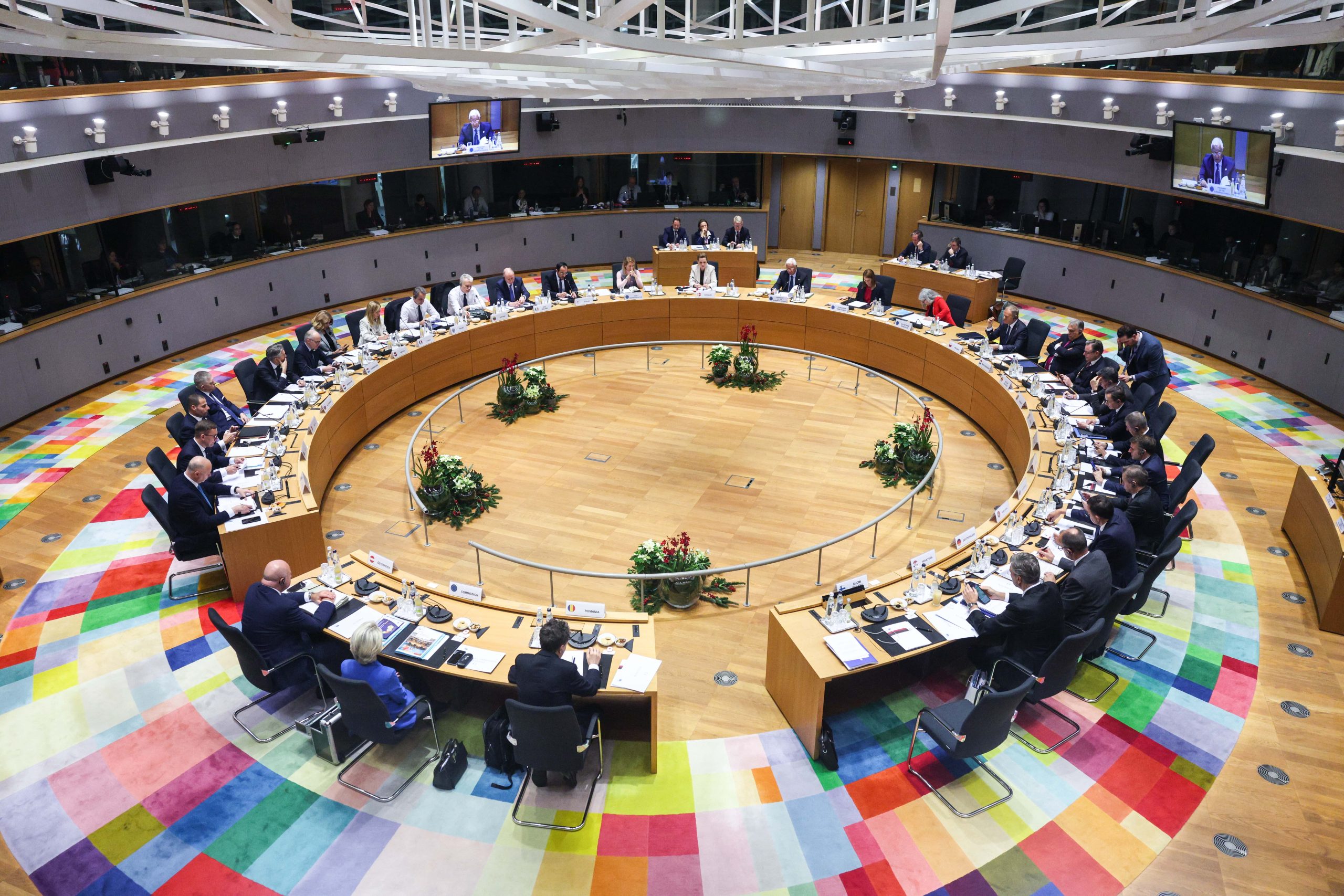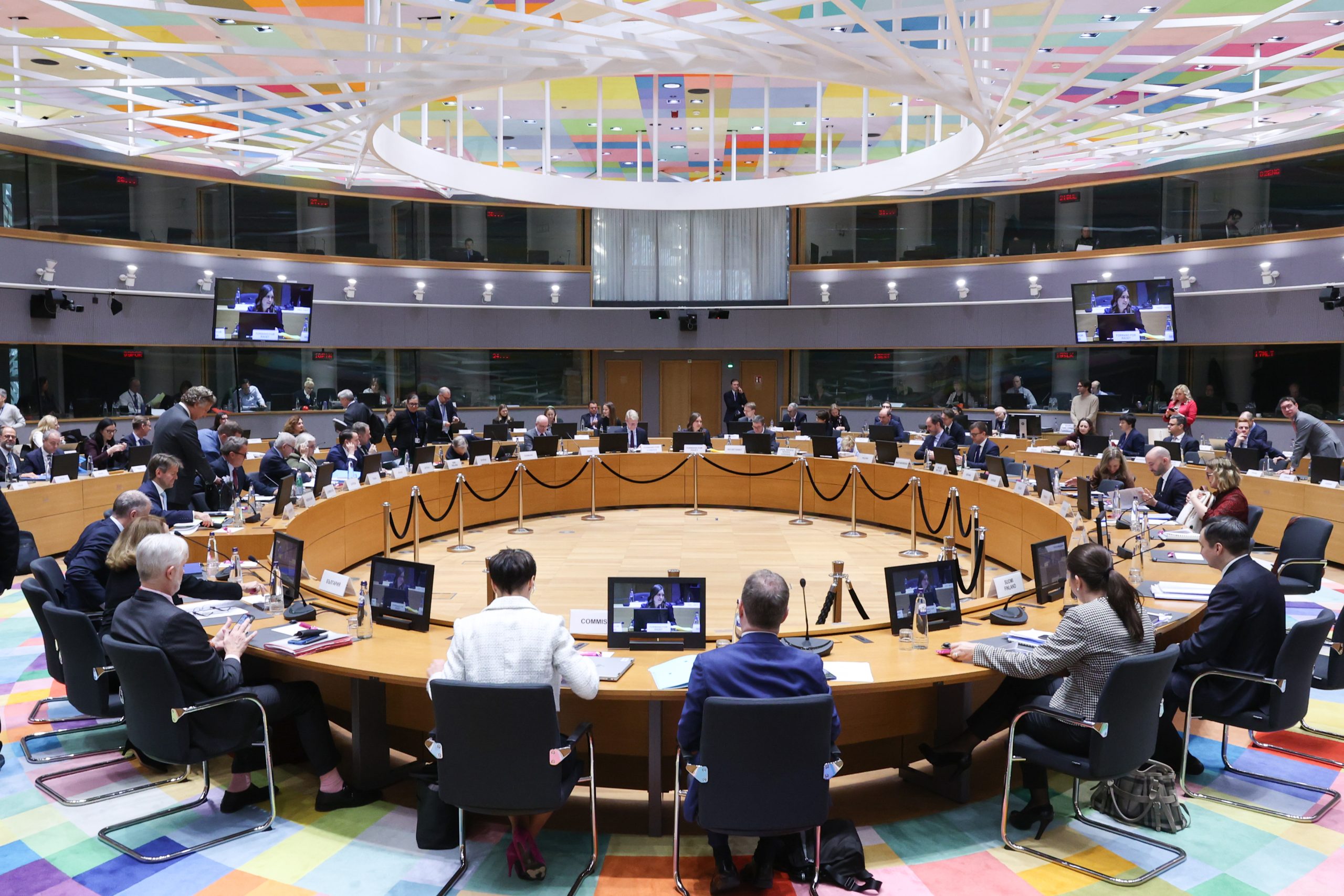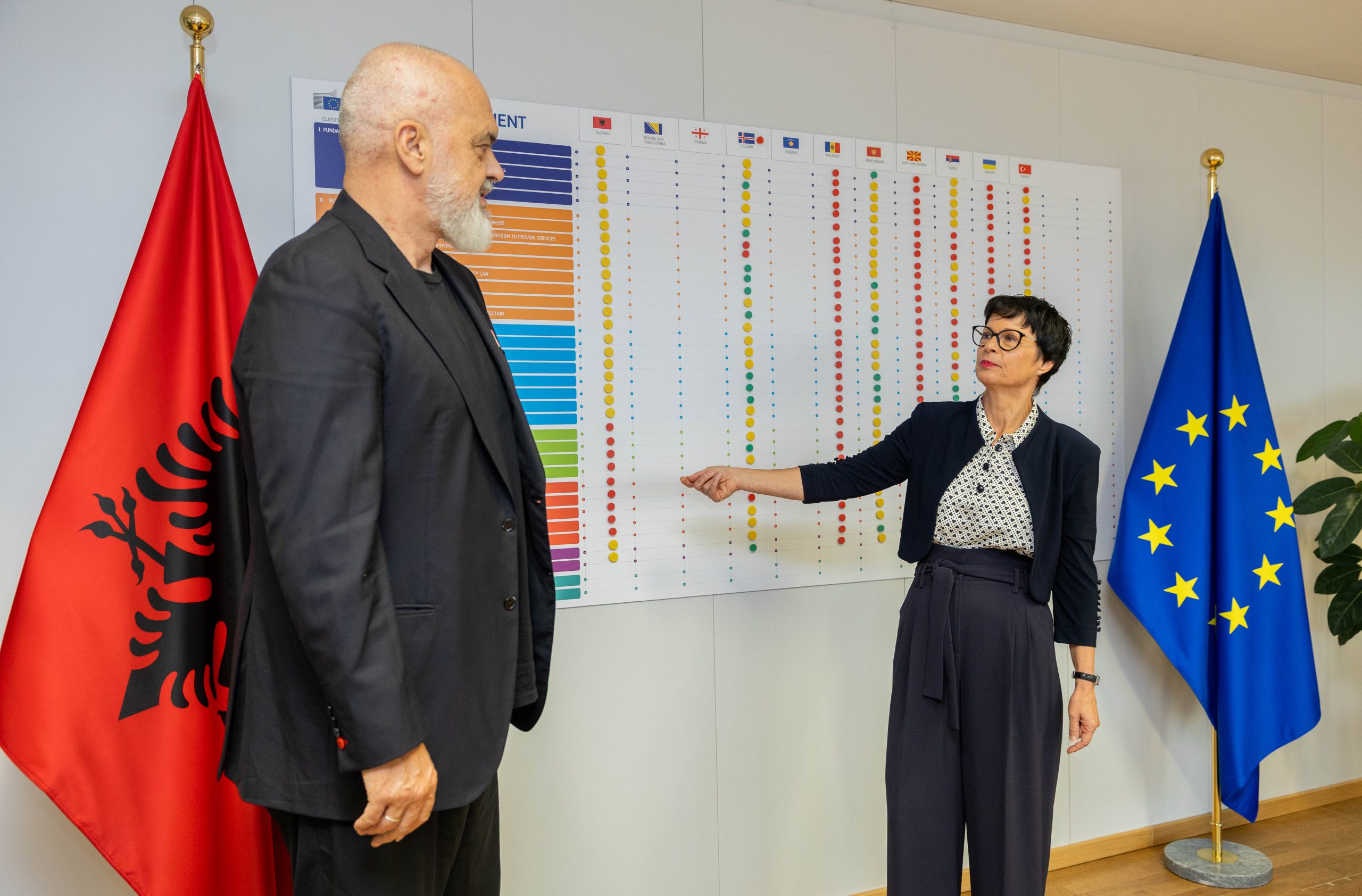In 2022, more than 330,000 illegal crossings of the EU external borders were detected. Since 2019, the influx of migrants to the EU has been continuously increasing again, and now the highest annual figure since 2016 has been reached. According to data from the European Border and Coast Guard Agency (FRONTEX), the most active is the so-called Western Balkan route of entry into the European Union, through which 145,000 illegal migrants arrived last year, which is twice as many as in 2021. Compared to other routes, the largest increase in the number of illegal crossings of the EU’s external borders is evident on the Western Balkans route.
At the beginning of December 2022, just before the EU-Western Balkans summit in Tirana, the European Commission presented the Action Plan for the Western Balkans, which defined priorities and operational measures in response to the increase in the number of migrants entering the EU from the region. Within the priority of improving border management, the additional deployment of FRONTEX members in the Western Balkans, along the external borders of the EU, but also, as a novelty, across the mutual borders of membership candidates in the region is highlighted.
It was proposed to conclude extended status agreements with Serbia, Montenegro, Albania, and Bosnia and Herzegovina following the new legal framework and mandate of FRONTEX. The Council of EU, back in November, approved the opening of negotiations with 4 Western Balkan countries on this issue.
FRONTEX operations
In 2016, the European Border and Coast Guard Agency (FRONTEX) succeeded the former Agency for the Management of Operational Cooperation at the External Borders. The name change also reflected the increased role and competence of FRONTEX in the management of EU borders, at the initiative of the European Union leaders after the peak of the migrant crisis in 2015. In the past period, the main operations of FRONTEX were conducted in Greece (Poseidon), Spain (Minerva and Indalo), Italy (Temis), and in the Western Balkans, with the aim of supporting Member States in dealing with migratory pressures at the external borders.
The Agency can carry out joint operations with national authorities and deploy its teams in those countries bordering the EU if a status agreement is concluded with them prior. The first agreement was concluded with Albania in 2018 and in the spring of 2019, FRONTEX launched its first-ever mission on the territory of a neighboring non-EU country. During 2019, similar agreements were signed with Montenegro and Serbia, which officially entered into force in mid-2020 and 2021. The negotiations with Bosnia and Herzegovina did not lead to the formal conclusion of the agreement, while the negotiation process with North Macedonia was completed, but the agreement was not signed.
The new mandate of FRONTEX: control over all borders and its executive powers
In December 2019, the new FRONTEX Regulation, adopted by the Council and the European Parliament, entered into force. The new legal framework for the agency’s operation foresees the expansion of its mandate in the domain of border management and cooperation with third countries, as well as an increase in the number of available personnel.
The enhanced role of FRONTEX in integrated border management entails the creation of permanent teams with a total of 6,500 people (a goal to be met in 2021), which should evolve into a service with 10,000 people by 2027. FRONTEX will become more active in non-EU countries, including now those that are not direct neighbors. Moreover, the Regulation allows members of FRONTEX to provide neighboring countries support to the authorities throughout their territory, not only in border regions with the EU.
Frontex personnel deployed at border crossings and in the border area are also given executive powers within the new mandate. More specifically, special tasks of confirming the identity and citizenship of persons, approving entry when the conditions are met, banning entry into the EU, stamping travel documents, accepting or refusing visas at the border, border surveillance (including patrolling and apprehension for illegal crossings), registration fingerprints of detained persons, enforcement of third-country nationals in the event of a decision on forced return.
A necessary precondition for the engagement of FRONTEX teams and the realization of expanded powers in accordance with the agency’s new mandate outside the borders of the European Union is new status agreements between the EU and other countries. Therefore, even with countries where they are already in force, renegotiations are necessary to adapt the agreements.
First such arrangement was concluded with Moldova in March last year. Earlier negotiations with North Macedonia regarding the first agreement were renewed and extended, and in October 2022 the first such agreement in the Western Balkans was signed. After approval by the Council and ratification in North Macedonia, it will officially come into force on April 1, 2023.
The Council gave the green light to start negotiations on a new agreement with Serbia, Montenegro, Albania, and Bosnia and Herzegovina. The intention to conclude an agreement and send FRONTEX officials to the Western Balkans is prioritized in the Action Plan of the European Commission from December 2022 in light of the renewed migration trends that are bringing the region back into focus.
Migration flows from the region are the result of two processes – the attempts of migrants who are already in the region to enter the territory of the EU and, on the other hand, the abuse of the visa-free regime that the countries of the Western Balkans have with third countries in order to find a “shortcut” for the latter crossing external borders of the EU.
When the Commissioner for Home Affairs, Ylva Johansson, together with the Vice-President of the European Commission, Margaritis Schinas, presented the Action Plan for the Western Balkans on December 5th last year, she highlighted five priorities (pillars) for the EU and the countries of the region: improving border management, strengthening reception capacities, taking measures against the smuggling of migrants, strengthening cooperation on the readmission of migrants, and harmonization with EU visa policies.
In the domain of border management, intending to suppress illegal crossings, FRONTEX currently has 500 members deployed along the borders of the EU with Western Balkan countries. According to Johanson’s expectations, new agreements will be concluded with the aforementioned four countries in the Western Balkans in 2023, which will pave the way for additional FRONTEX teams to be sent to their mutual border crossings, not just ones with the European Union.
The presence of FRONTEX personnel, now with executive powers, along the entire migration route in the region will mark the first deployment of this border and coast guard agency outside its original territorial jurisdiction.









